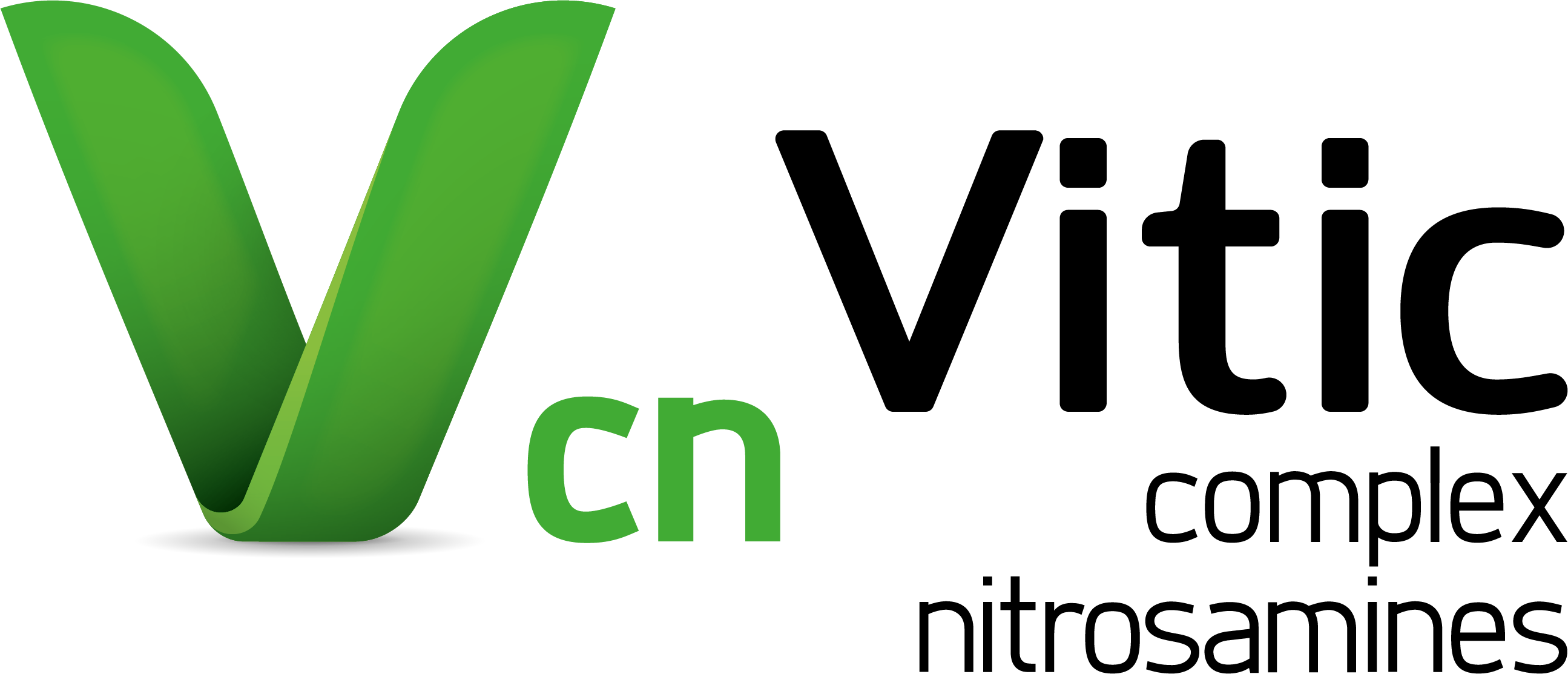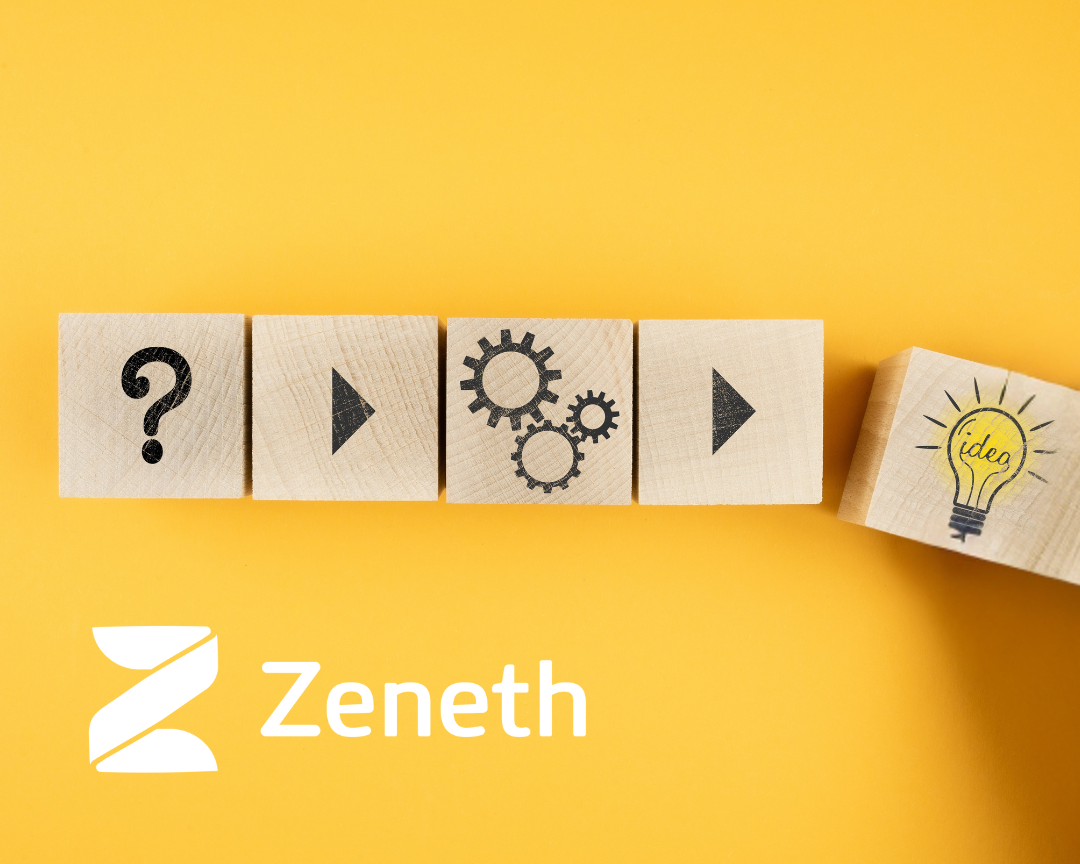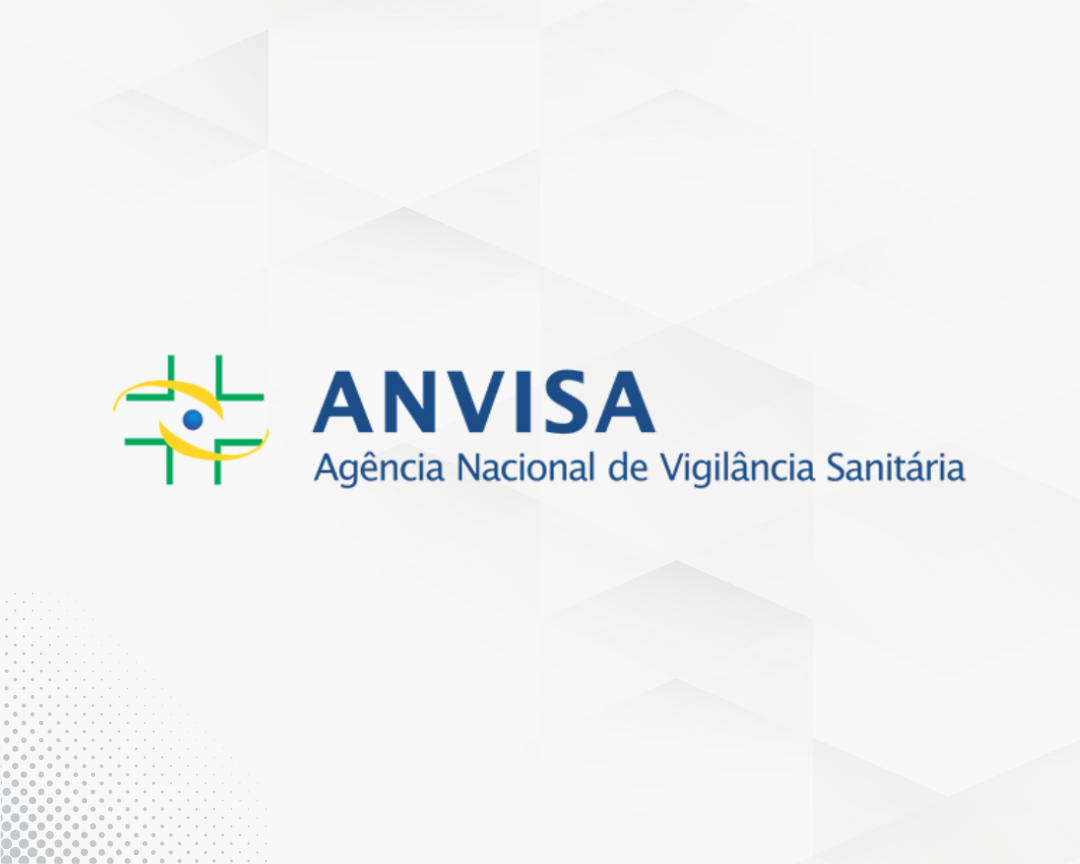Complex nitrosamines
Anonymously sharing Ames data on structurally complex nitrosamines
The nitrosamine crisis first erupted in July 2018, when the FDA announced a voluntary recall of several drugs containing Valsartan: a medicine used to treat high blood pressure and heart failure.
Due to an unreported process change in the synthesis of Valsartan, the potentially cancer-causing chemical N-Nitrosodimethylamine (or NDMA) was detected in the marketed drug product. This issue was later shown to impact other drugs as well such as ranitidine and metformin.
Regulatory agencies are now requiring N-Nitrosamine risk assessments to be performed on all marketed pharmaceuticals; this has highlighted the potential presence of novel drug-like nitrosamines (NDSRIs) for which little or no publicly available toxicity data exists.
Our solution
In response to the nitrosamine impurity crisis within the pharmaceutical industry, the Complex Nitrosamines data sharing initiative was launched in 2021. The aim of the initiative is to share Ames data on structurally complex nitrosamines.
Acting as the honest broker, we expertly curate and input data shared by consortium members into a shared database to enable read across and reduce duplicate testing.
The Vitic Complex Nitrosamines data sharing initiative consists of a consortium and a database. The consortium also aims to use the data to improve structure-activity relationships (SARs) for complex nitrosamines – identifying trends in compound complexity versus mutagenic potential whilst maintaining the confidentiality of the data.
Key highlights
Support industry progression
By participating in this consortium, you are actively supporting the progression towards more accurate predictions for this chemical class of high concern. The shared data can be used to build and validate new SAR models for the prediction of the potential mutagenic activity of nitrosamines.
Shared knowledge with other consortium members
Members of the consortium attend periodic meetings with other consortium members, allowing for discussions to be held and exchange of knowledge. Different companies face similar challenges and can learn from each other’s experiences.
Access high-quality data
Our systematic peer-review process of donated data by participating organisations within industry guarantees a high-quality dataset that you can be confident using.
Regulatory support
ICH M7
Nitrosamines guidelines and regulations have been published by regulatory agencies across the globe, requiring the industry to perform such risk assessments for their portfolios. The ICH M7 guideline underlines considerations of both safety and quality risk management in establishing levels of mutagenic impurities that are expected to post negligible carcinogenic risk. The Complex Nitrosamines Data Sharing Initiative allows consortium members to use the mutagenicity studies from the database to further understand the risks associated with potential nitrosamines.
Related publications
Infographic
- Mar 2024
- Complex Nitrosamines, Data sharing
Paper
- Nov 2022
- Complex Nitrosamines, Data sharing, Nitrosamine impurity risk assessment
Paper
- Nov 2022
- Complex Nitrosamines, Data sharing, In silico mutagenicity assessment, Nitrites, Nitrosamine impurity risk assessment
Recent blogs
A new paper, “Data-driven federated learning in drug discovery with knowledge distillation”, was recently published in Nature Machine Intelligence, the leading journal …
At Lhasa we know that there are many challenges involved in carrying out risk assessments for drug substances and drug products, to …
The Brazilian Health Regulatory Agency (Anvisa) has introduced RDC 964/2025, a new guidance that outlines in more detail the requirements for conducting …




